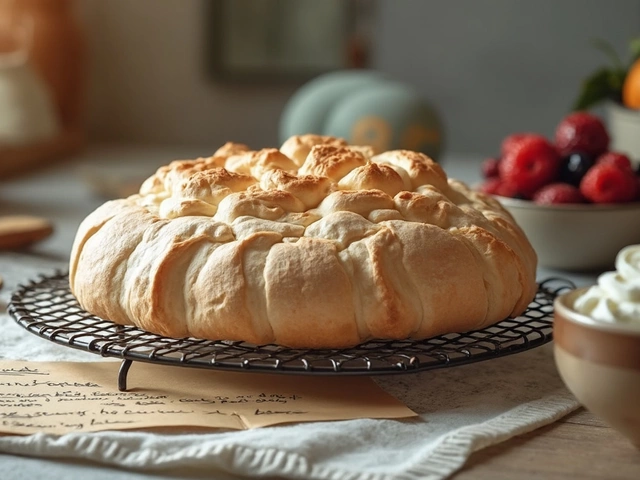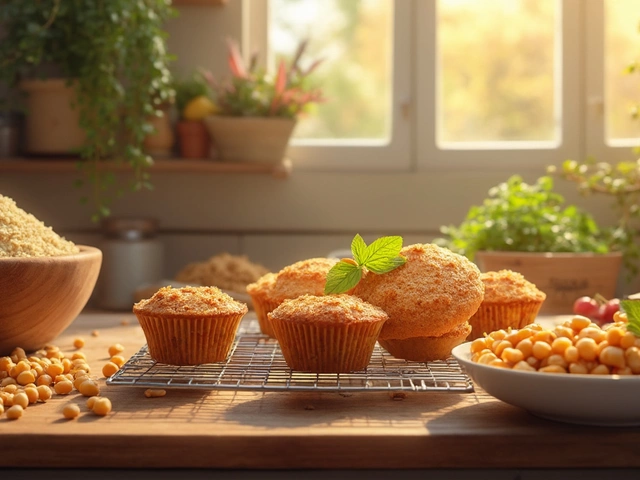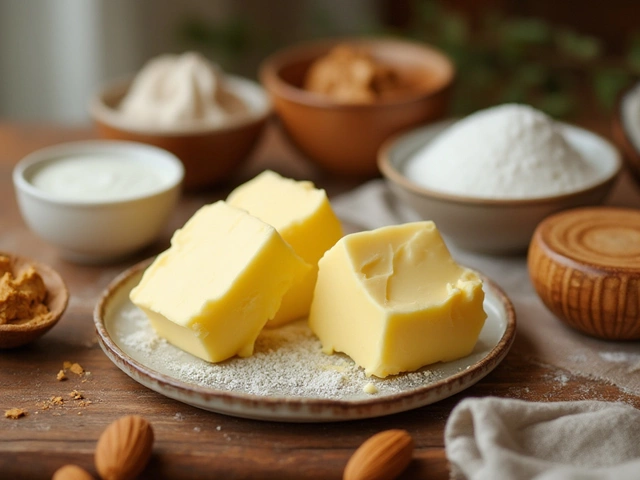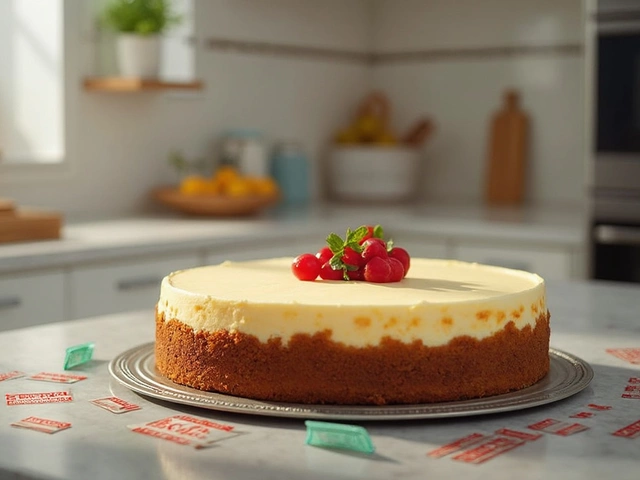Heavy Cakes – How to Bake Rich, Dense Desserts Every Time
If you love a cake that feels like a hug on a plate, you’re in the right spot. Heavy cakes are all about that buttery, moist crumb that stays soft for days. They’re perfect for birthdays, holidays, or whenever you need a serious sweet fix.
First thing to know: a heavy cake isn’t just “big”. It’s about using the right balance of flour, fat, and sugar so the texture stays dense but not dry. Below we break down the basics and give you quick tips you can try today.
What Makes a Cake Heavy?
Two things drive the thickness: fat content and liquid-to-flour ratio. Adding more butter, oil, or even cream cheese boosts richness. At the same time, using a little less liquid keeps the batter thick, which turns into a tighter crumb when it bakes.
Eggs also play a big role. More yolks than whites give extra body, while whole eggs keep the cake from getting too crumbly. If you’re aiming for a super‑dense chocolate cake, try swapping half the liquid for hot coffee or brewed espresso – the flavor deepens and the texture stays plush.
Don’t forget the sugar. Granulated sugar not only sweetens but also helps retain moisture. A good trick is to blend part of the sugar into a fine powder; this creates a finer crumb that feels melt‑in‑your‑mouth.
Tips for Perfect Heavy Cakes
1. Use room‑temperature ingredients. Cold butter or eggs can cause the batter to curdle, leading to uneven texture. Let everything sit out for 30 minutes before you start mixing.
2. Cream butter and sugar well. Spend at least three minutes beating them together until the mixture looks pale and fluffy. This traps air, giving the cake lift even though it’s dense.
3. Add dry ingredients in stages. Mix flour, cocoa, and leavening together first. Then fold them into the wet mix alternately with the liquid. This prevents over‑mixing, which can make the cake tough.
4. Don’t over‑bake. Heavy cakes keep cooking after you pull them out of the oven. Take them out when a toothpick comes out with just a few crumbs; they’ll finish setting as they cool.
5. Cool upside down. For ultra‑moist layers, flip the cake pan over a cooling rack. Gravity helps keep the crumb from collapsing, especially for tall, layered cakes.
Want a quick recipe idea? Try a classic chocolate fudge cake. Start with 1 ½ cups flour, 1 cup cocoa, 2 cups sugar, 1 cup butter, 4 eggs, ½ cup hot coffee, and a pinch of salt. Follow the steps above, bake at 350°F for 45 minutes, and you’ve got a cake that’s both heavy and glossy.
Storing heavy cakes is easy. Keep them in an airtight container at room temperature for up to three days. If you need longer storage, wrap a slice tightly in plastic and freeze – it’ll stay fresh for a month.
Whether you’re making a birthday treat, a holiday centerpiece, or just satisfying a craving, mastering the heavy cake isn’t hard. Use more fat, keep the batter thick, and watch the bake time closely. Soon you’ll have a go‑to dessert that feels indulgent without being dry.
Give these tips a try and let us know how your cake turns out. Happy baking!
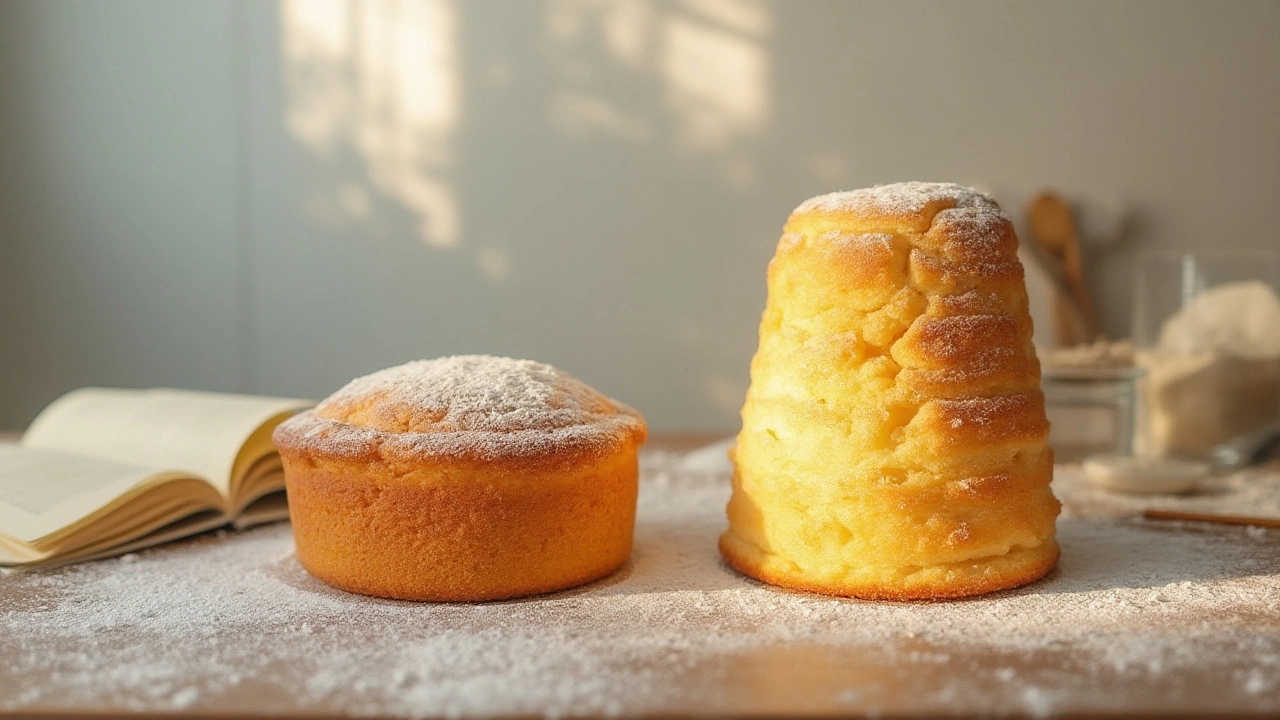
Why Are Gluten-Free Cakes So Dense? Common Problems and Helpful Solutions
Gluten-free cakes often end up heavy and dense. Learn why this happens, what science says, and get real-world tips for lighter, fluffier gluten-free bakes.
View More
